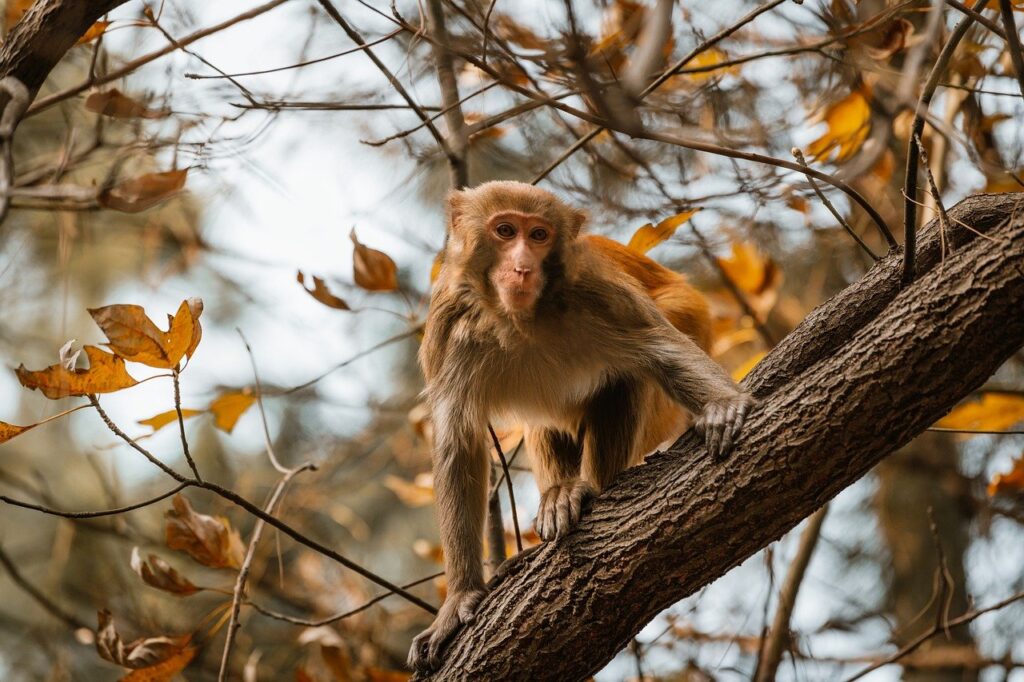Homologous Structures Keyword
Homofologico, one of the most intriguing terms in the field of evolutionary biology, refers to a concept that has sparked heated debates among scientists and researchers. To shed light on this enigmatic notion, let’s delve into the depths of homofologico and unravel its significance in understanding evolutionary relationships.
Origins of Homofologico
Homofologico originates from the Latin roots “homo,” meaning same, and “fologico,” pertaining to structure. It encompasses the idea of structures in different species that share a common ancestry, despite serving different functions.
Understanding Homofologico
Homofologico serves as a cornerstone in comparative anatomy, providing valuable insights into the evolutionary history of organisms. By identifying homofologico structures, scientists can trace the evolutionary paths of diverse species and discern patterns of adaptation and divergence.
Examples of Homofologico Structures
The forelimbs of vertebrates, such as humans, bats, dolphins, and birds, exhibit homofologico structures despite variations in their functions. The pentadactyl limb, with its common skeletal framework but diverse adaptations, exemplifies the concept of homofologico in action.
Significance in Evolutionary Biology
Homofologico structures offer compelling evidence for common ancestry among different species, supporting the theory of evolution proposed by Charles Darwin. They highlight the underlying unity in biodiversity, emphasizing the shared heritage that binds all living organisms together.
Challenges and Controversies
The identification of homofologico structures can pose challenges due to variations in form and function across species. Critics of the concept raise questions about the interpretation and significance of homofologico in elucidating evolutionary relationships.
In conclusion, homofologico stands as a fundamental concept that illuminates the interconnectedness of all life forms on Earth. By recognizing the similarities in structures across diverse species, we gain a deeper appreciation of the shared evolutionary journey that has shaped the richness of biological diversity we observe today. As we continue to explore the intricacies of homofologico, we unveil new insights into the mysteries of evolution, paving the way for further discoveries in the everevolving field of biology.


 Lead Pet Behavior Specialist
Brian Camacho is an expert in pet behavior and training at Pet Paw Shack. With a deep understanding of animal psychology, he specializes in helping pets and their owners build strong, healthy relationships through positive reinforcement techniques. Brian’s innovative approach to training focuses on making behavior modification a fun and rewarding experience for both pets and their families.
Lead Pet Behavior Specialist
Brian Camacho is an expert in pet behavior and training at Pet Paw Shack. With a deep understanding of animal psychology, he specializes in helping pets and their owners build strong, healthy relationships through positive reinforcement techniques. Brian’s innovative approach to training focuses on making behavior modification a fun and rewarding experience for both pets and their families.
